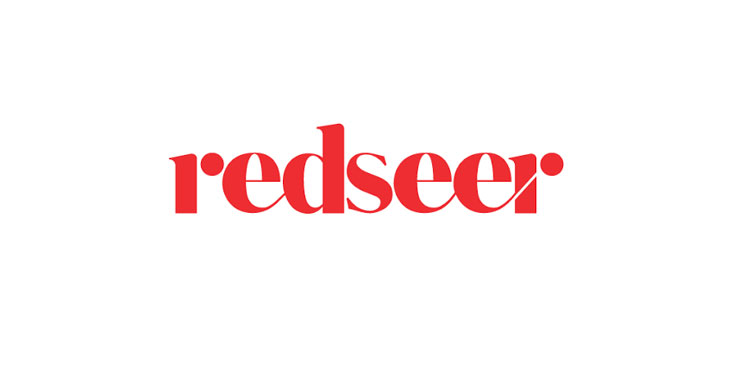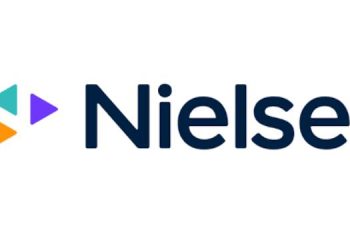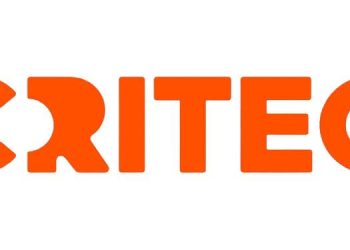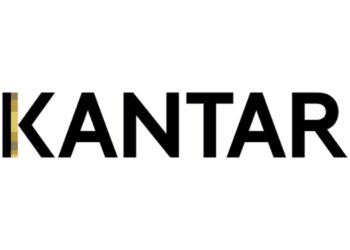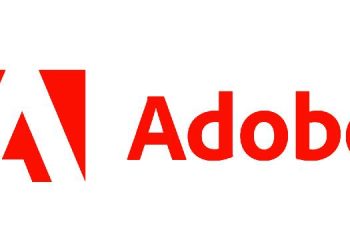India’s banking ecosystem is at the brink of a digital revolution as traditional banks and new age digital entities known as neobanks are partnering to provide a whole new experience to its users.
As the third largest fintech ecosystem in the world after the USA and China, the Indian fintech market–valued at $31 billion in 2021– is poised for further disruption with the emergence of neobanks. A report by management consulting firm Redseer Strategy Consultants, says that in India, neobanks are just beginning their journey and there is tremendous potential for growth. Personalized experiences, data-driven insights, better UX, and value-added services can help neobanks solidify their base with India’s retail banking customers.
A collaboration is a win-win situation for both neobanks and traditional banks: neobanks, through partnership can continue a strong foothold, while traditional banks can access new age tech-inclined customers.
Currently, the Reserve Bank of India (RBI) does not allow banks to be fully digital in India. Neobanks will not be able to obtain their bank licenses and will be dependent on their bank partners to offer licensed services. Jupiter, Fi, Niyo or RazorpayX—are currently working in partnerships with traditional banks as the consumer-facing layer.
In one of the most recent partnerships, OneBanc Technologies, anAI-driven neo-banking startup, partnered with Visa, a global forerunner in digital payments, in a bid to issue India’s first debit and credit card without a magnetic strip.
Another noteworthy development, Federal bank recently opened more than 300,000 accounts with neo-banking partners. Similarly, Fintech company Niyo, in association with SBM Bank India and Visa, now offers a digital savings account with Niyo Global. ICICI Bank too has joined forces with Niyo to roll out prepaid cards for people working in Micro, Small & Medium Enterprises (MSMEs).
The report went on to say that for neobanks to scale and secure a foothold, they should acquire primary bank accounts. Salary accounts of white-collar employees with a Lifetime value of ~10X seem an addressable market and the best way forward. In addition, there is said to be an opportunity to address about 25 million additional accounts of new professionals every year. The estimated 120 million professionals (steady income earners) currently represent around 80 per cent of the addressable banking ARPU or average revenue per user.

